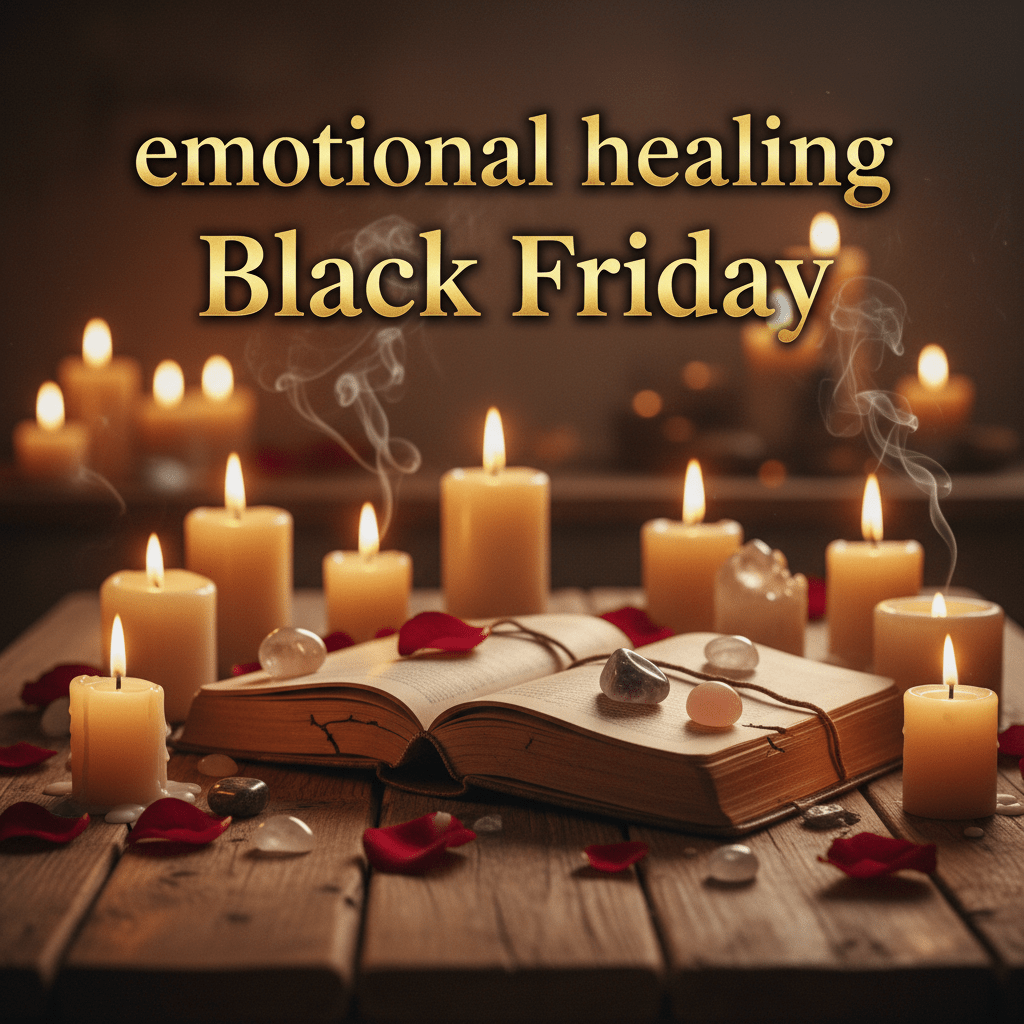How Do Love Spells Work? – Key Insights From Voodoo Traditions
- Voodoo (Vodou) is an empowering, ancestral spiritual system rooted in West Africa and practiced across the Americas and Caribbean.
- Love spells and rituals in Voodoo harness spiritual intention to attract love, heal relationships, and protect romantic bonds.
- Authentic Voodoo practices honor ancestors, spirits (Loa), and ethical connection—dispelling fears of “black magic.”
- Real love spells that work focus on compassion, intention, and spiritual harmony for positive change.
- Explore powerful, personalized love spells, spiritual guidance, and protection rituals from experienced Voodoo spell casters.
What Is Voodoo? Understanding the Spiritual Energy Behind Love Spells & Rituals
Voodoo—also called Vodou—is a vibrant, ancient spiritual tradition tracing its roots to West Africa. Practiced by millions worldwide, Voodoo honors the profound connection between the human and spirit worlds, with a deep emphasis on ancestral wisdom, sacred rituals, and the power of community.
Unlock the transformative power of authentic love spells: Shop Real Love Spells That Work – Order from Verified Spell Casters
Whether you’re curious about the mysteries of Voodoo, searching for guidance, or wishing to nurture passionate relationships, this guide reveals the origins, beliefs, rituals, and love magic at the heart of Voodoo’s healing tradition.

The Deep Origins of Voodoo: West African Spirituality and Evolution
Voodoo’s roots lie with the Fon, Yoruba, and Ewe peoples of West Africa. Across centuries, the wisdom and rituals of these cultures traveled to the Americas through the hardship of enslaved Africans, blending with local and Catholic beliefs to create a spiritual path of resilience and adaptation.
- Core philosophy: Veneration of the Loa (Lwa)—powerful spirits who guide and aid the living.
- Ancestral connection: Ancestors and loved ones in spirit play a key, protective role in everyday life and rituals.
- Oral legacy: Voodoo knowledge passes through generations by ceremonial chanting, sacred stories, and practical experience.
Distinct Voodoo expressions can be found in Haiti (Haitian Vodou), New Orleans (Louisiana Voodoo), Benin, and Cuba—each filled with unique symbols, songs, and ceremonies.
Ancestor Reverence in Voodoo: Guiding Love and Everyday Life
At the heart of Voodoo spirituality is the honoring of ancestors. Rather than departed, ancestors are revered as wise guardians who protect, bless, and counsel the living in matters of love, luck, and health.
- Ritual offerings: Candles, favorite foods, drinks, and sacred items are placed on altars to maintain the loving bond across generations.
- Prayers and songs: Oral prayers and ancient chants are spoken to invite ancestral support into all areas of life, especially before significant love spells or healing rites.
- Milestone moments: Major ceremonies—weddings, new beginnings, and spiritual initiations—begin with ancestral blessings.
“In Voodoo, ancestors remain within the circle of family, forever offering wisdom and strength throughout every journey—including love and spiritual transformation.”
Sacred Voodoo Rituals & Love Spell Ceremonies
Voodoo ceremonies are celebrated for their music, rhythm, and color. Guided by a Houngan (priest) or Mambo (priestess), these rituals harmonize communities and empower spellwork for healing, protection, and love.
- Drumming & Dance: Spirited drumming and ecstatic movement invite the Loa and energize intentions—especially for attracting love or restoring broken relationships.
- Trance Possession: During ceremony, a receptive practitioner may become “ridden” by a spirit, channeling guidance, healing, or romantic revelation.
- Sacred Offerings: Ritual foods, herbal spells, and cleansing magic are dedicated to the Loa to help manifest desired outcomes in love and life.
Want to experience authentic Voodoo magic for yourself?
Voodoo Veves, Symbols, and Their Love Spell Power
One of the most beautiful parts of Voodoo ceremonies is the drawing of veves—sacred symbols representing individual Loa. These intricate drawings, often created with cornmeal or flour, direct and “call down” spiritual energy during love spells and healing rituals.
- Papa Legba’s Veve: Symbolizes the gateway to the spirit world and is often invoked at the start of rituals.
- Erzulie’s Veve: The Loa of love and beauty, Erzulie is honored in matters of the heart—see our Love Me Lust for Me Spell for inspiration.
- Damballah’s Veve: Depicts the spirit of creation and wisdom, often in the shape of a snake, guiding positive transformation.
Every veve focuses intention, amplifying the spiritual impact of your spellwork—especially when seeking true love or reconciliation.
Voodoo & Catholicism: The Art of Spiritual Syncretism
When Voodoo crossed into the Americas, practitioners wove Christian and Catholic icons into rituals to preserve traditions and protect communities. Over time, this created a beautiful blend where saints, rosaries, and veves coexist, and prayers are offered for guidance in love, business, and family.
- Many Loa are paired with Catholic saints for protection and love (ex: Papa Legba and Saint Peter).
- Candles, holy cards, and Catholic prayers are used alongside African-rooted dances and songs.
This creative syncretism makes Voodoo welcoming and adaptable—an evolving tradition dedicated to compassion and spiritual growth.
Global Voodoo: Different Types & Modern Expressions
Voodoo traditions thrive in different parts of the world—each with its own flavor, but united by core values of love and spiritual connection.
- Benin Vodun: The West African original, featuring sacred shrines and ancestor festivals.
- Haitian Vodou: Mixes African, Indigenous, and Catholic influences; renowned for powerful love spells and intricate veves.
- Louisiana Voodoo: Created in the heart of New Orleans, known for love, justice, and healing spells using local herbs and Creole traditions.
Love in Voodoo: Rituals for Romance, Passion, and Relationship Healing
Voodoo places love and relationship harmony at the heart of spiritual practice. Through centuries, seekers have called on the Loa and ancestors to attract partners, mend bonds, and inspire passion with compassionate spellwork and personal rituals.
- Attract or renew love: Harness the gifts of the Bring Back Lost Lover Love Spell or powerful Binding Love Spell for passion and commitment.
- Cleanse & protect relationships: Remove jealousy, bad energy, or breakups with focused cleansing and protection rituals.
- Spell-casting for loyalty and reconciliation: Experience the healing of lasting love spells or explore options like the The Reconciliation Love Spell.
Empower your love life with guidance from experienced spell casters and authentic Voodoo love rituals.
What our Love Spell Clients Say:
⭐⭐⭐⭐⭐ “I tried the Bring Back Lost Lover Spell and within two weeks, my partner returned to me, full of love. Absolutely magical!” — Caroline M.
⭐⭐⭐⭐⭐ “I am so grateful for the love and protection Voodoo has brought to my marriage. The Binding Love Spell truly strengthened our bond.” — Samuel P.
⭐⭐⭐⭐⭐ “The spiritual guidance and healing I received were life-changing. I highly recommend these real, compassionate spell casters.” — Mira S.
Voodoo Dolls, Charms & Magical Tools: True Meaning Behind the Myths
Many imagine Voodoo spells as dangerous or harmful due to media myths, but authentic Voodoo uses dolls, candles, and personal tokens for positive intentions—especially healing love, strengthening bonds, or protecting against negative energy.
- Dolls and poppets: Symbolically “tie” couples together in love, heal heartbreak (see Mend a Broken Heart Spell), and offer blessings.
- Candle magic: Red candles represent passion and new romance, perfect for drawing love spells. Different colors can be used for other intentions.
- Personal tokens: Hair, photos, or meaningful items strengthen your intention and connection when casting spells or asking for spirit aid.
Voodoo Myths vs Reality: Healing, Love, and Community
Forget Hollywood’s version—real Voodoo is built on healing, harmony, and compassion. The majority of practitioners devote their rituals to love, prosperity, and spiritual balance.
“At its heart, Voodoo offers care, connection, and unbreakable hope—uniting generations and bringing love where it’s most needed.”
Voodoo’s Modern Power: Love, Empowerment & Spiritual Renewal
Voodoo’s wisdom evolves with changing times. Today, you can harness its authentic spellwork and ancestral guidance to:
- Empower your love life: Use spells and intentions for confidence, attraction, and partnership.
- Restore and heal: Clear negativity, reset relationships, and maintain lasting bonds.
- Blend with other spiritual paths: Combine Voodoo rituals with meditation or prayer for a deeply personal spiritual practice.
Ready to shift your romantic destiny? Try our love spells collection for authentic, positive results from experienced spell casters.
Beyond Romance: Voodoo Rituals for Protection, Healing & Justice
Voodoo offers powerful rituals for more than just love. Seek spells for:
- Spiritual protection: Defend against negativity and restore harmony with our Cleansing Spell or Protection Spell.
- Emotional healing: Renew your heart and spirit, overcome obstacles, and invite peace into relationships.
- Justice and reversal: In cases of betrayal or harm, spells like Reverse a Curse are performed with ethical grounding.
- Luck and prosperity: Voodoo rituals may also support your finances, career, and life goals.
Trusted Resources: Learn More About Voodoo & Spellwork
- PBS – The Spirit and Many Faces of Voodoo
- Smithsonian Magazine – Understanding Voodoo
- National Geographic – Voodoo: A Way of Life
Frequently Asked Questions About Voodoo & Love Spells
Yes. Many people turn to Voodoo love spells such as the Bring Back Lost Lover Love Spell to rekindle passion and resolve misunderstandings in their relationship.
No. Genuine Voodoo practices focus on love, healing, protection, and family. Harmful intentions are discouraged and myths about “black magic” are often exaggerated.
For best results, work with verified, ethical spell casters (see our Love Spells Collection) and always act with positive intention.
In traditional Voodoo, dolls are typically used for healing, love, and prayer—not harming others.
Always consult trusted, experienced practitioners or reach out via our Contact page for guidance and authentic spell casting.
Voodoo, Love Spells & the Power of Spiritual Intention
In both ancient and modern practice, the heart of Voodoo is pure intention, loving connection, and spiritual alignment. When you choose to work with a love spell—such as our proven Love Spells That Work—your authenticity and respect amplify your results.
Daily Voodoo-Inspired Rituals for Love & Protection:
- Morning gratitude – Start your day by calling on ancestors, focusing on love-filled affirmations.
- Red candle magic – Light a candle for passion, healing, or unity whenever you need a boost in your relationship.
- Carry a love charm – Use a stone or talisman to draw in positive energy and romantic luck.
Voodoo Ethics & Responsible Spell Casting
Authentic Voodoo practitioners always emphasize consent, compassion, and balance. Ethical spellwork never overpowers another’s will, aiming only for the highest and best outcome for everyone involved.
Your Voodoo Transformation: Self-Empowerment Starts Here
Ready to begin? Start with a simple act—light a candle, speak your desire, or explore our Love Spells That Work. The journey of spiritual empowerment, love, and healing awaits—all you need is an open heart and the courage to begin.
About the Author
Spellcaster Belinda is an initiated Voodoo priestess (Mambo) with over 20 years of experience in casting love, protection, and reconciliation spells for people around the world. She is renowned for her compassionate guidance, cultural expertise, and ethical approach to spiritual practice. For genuine help, visit our contact page.
Ready to experience the power of true love spells?
Order your customized spell from a trusted expert—shop now and let magic transform your relationship!




